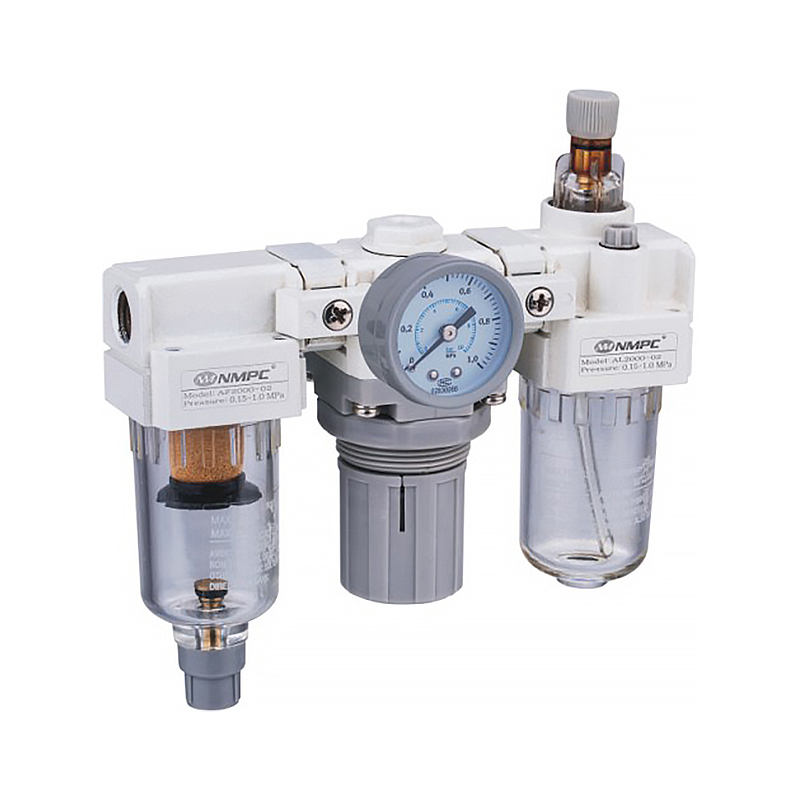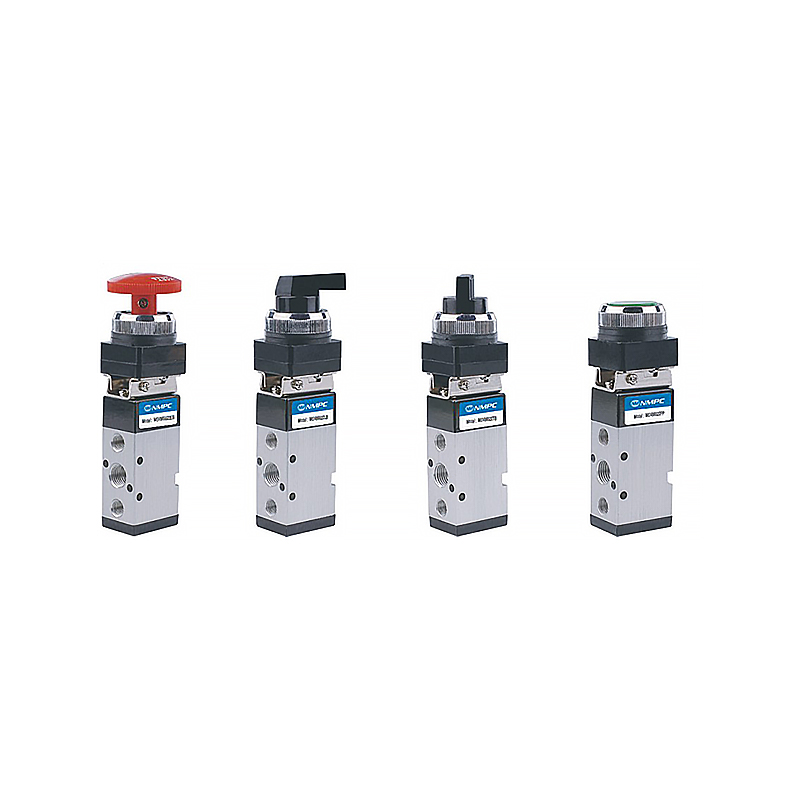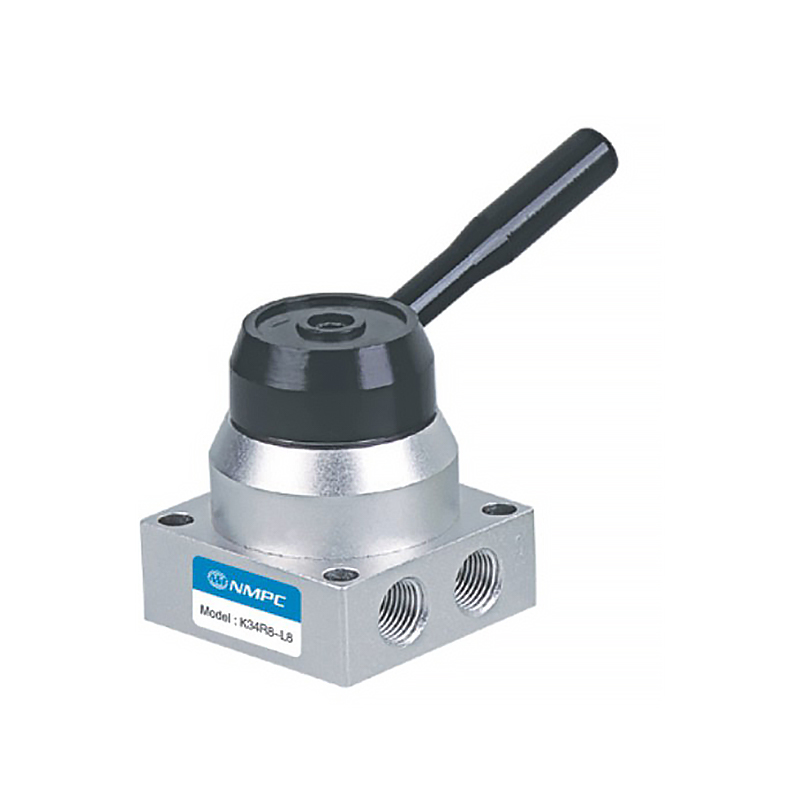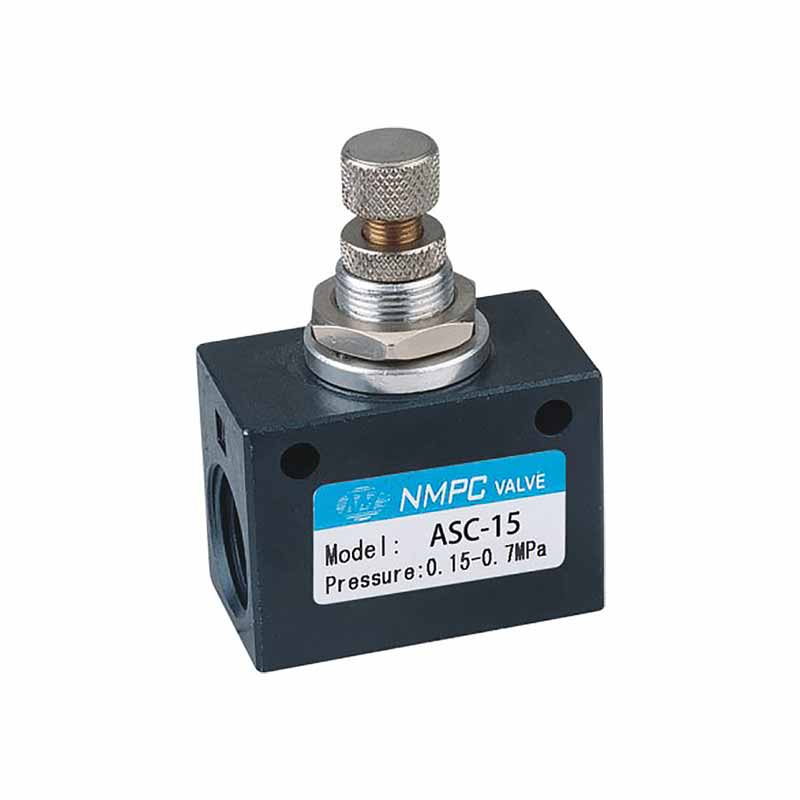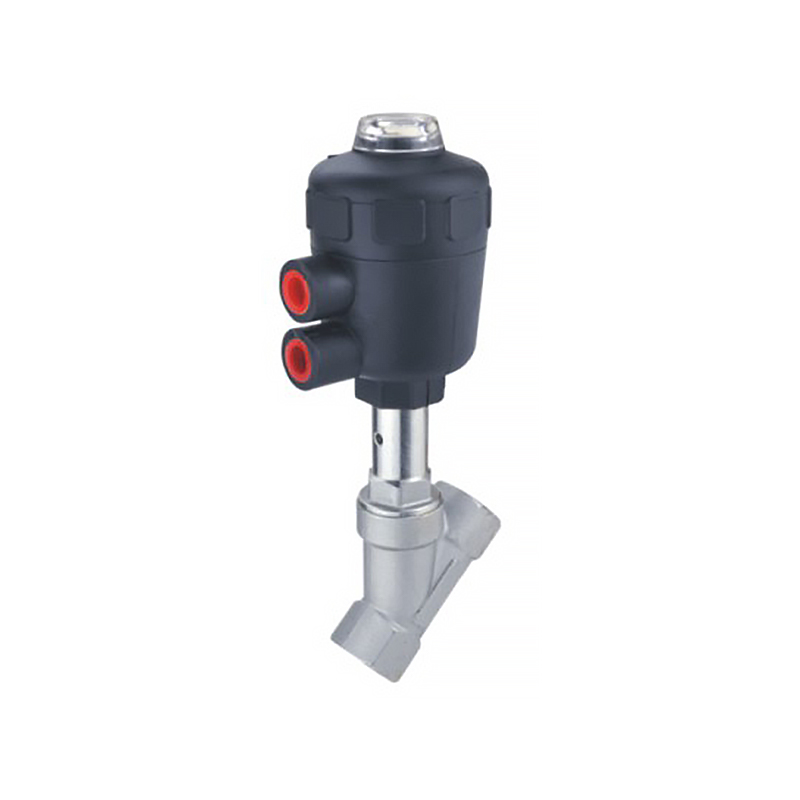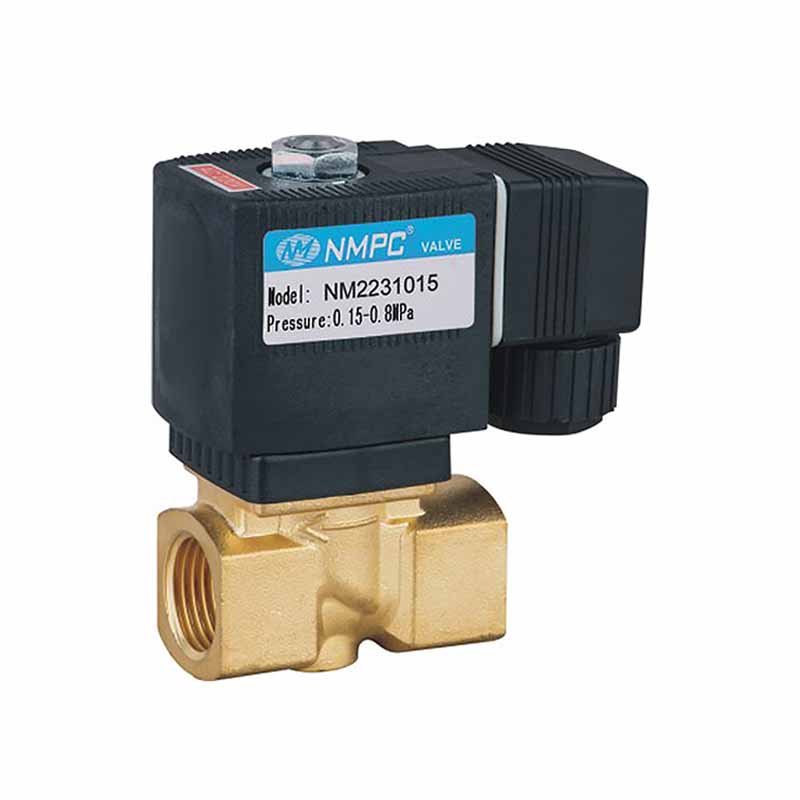Copyright 2022 © Ningbo Xinmadi Automation Technology Co., Ltd. All Rights Reserved.

In the world of plumbing and piping systems, threaded elbows have long been a staple for changing the direction of fluid flow efficiently and reliably. However, the landscape of threaded elbow design and technology is undergoing a transformative shift, driven by the ever-increasing demand for sustainability, efficiency, and intelligent system management.
Traditionally, threaded elbows have been manufactured from materials like metal alloys or plastics, each with its own set of advantages and limitations. In recent years, there has been a notable push towards eco-friendly materials that offer improved durability and reduced environmental impact. Biodegradable plastics and recycled metal alloys are gaining traction, providing the strength and reliability of traditional materials while minimizing their carbon footprint. These innovations are not only reducing waste but also contributing to a more sustainable plumbing ecosystem.
Leakage in threaded connections has been a longstanding concern. Advanced sealing technologies are addressing this issue by introducing innovative gasket materials and designs. These gaskets are engineered to provide superior sealing performance even under extreme conditions, ensuring leak-free connections over the long term. By minimizing the risk of leaks, these advancements help conserve water resources and prevent potential damage to structures and systems.
The convergence of plumbing technology and the Internet of Things (IoT) has given rise to smart threaded elbows equipped with sensors and actuators. These intelligent elbows enable real-time monitoring of flow rates, pressure levels, and temperature, providing valuable insights into the performance of the entire piping system. Operators can receive alerts and data remotely, allowing for proactive maintenance and prompt response to any anomalies. This not only improves system efficiency but also reduces the likelihood of emergencies and costly downtime.Additionally, smart threaded elbows can be integrated into building management systems, enabling automated adjustments based on demand, occupancy, or other relevant factors. This level of automation optimizes resource utilization, reduces energy consumption, and contributes to the overall sustainability of the facility.
In the pursuit of energy efficiency, threaded elbows are being designed to harness and utilize energy from the fluid flow itself. Turbine-style threaded elbows, for instance, incorporate small turbines that generate electricity as the fluid passes through the elbow. This harvested energy can be used to power sensors, actuators, or other components within the system, further enhancing its intelligence and self-sustainability.

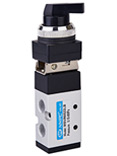
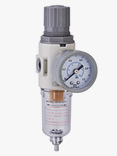
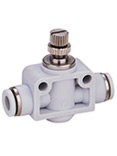
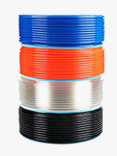
 简体中文
简体中文 English
English